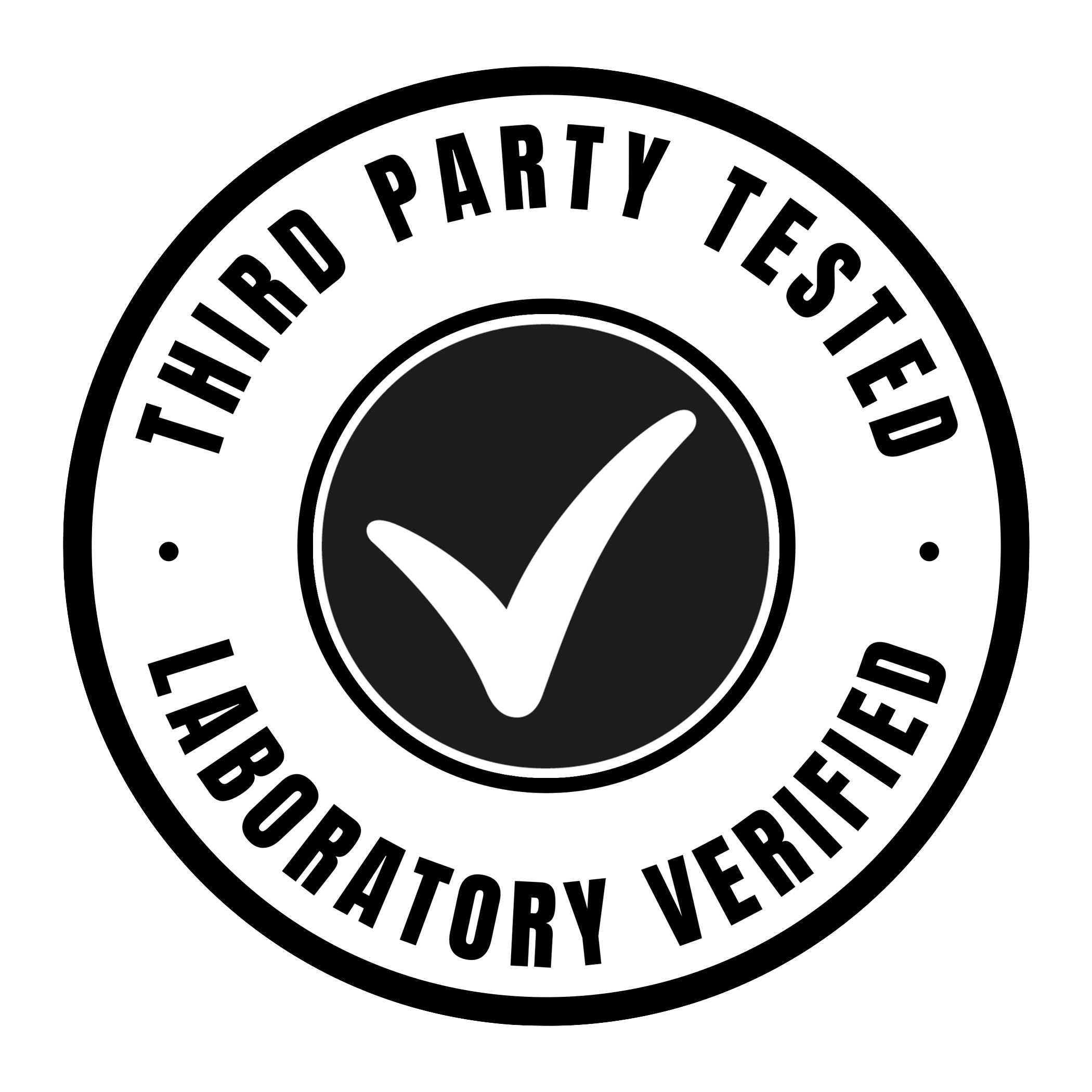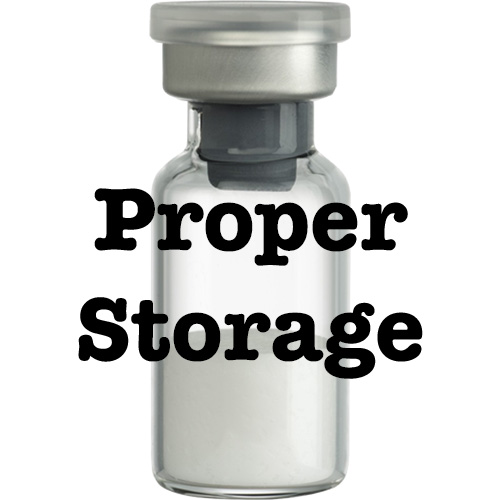Cagrilintide, Retatrutide, Semaglutide, Tirzepatide
How to Properly Store Lyophilized Peptide Powders
Lyophilized peptides are essential components in many research and clinical settings. Proper storage of these peptides is crucial to maintain their stability and effectiveness. Here are some detailed guidelines on how to store lyophilized peptide powders until you are ready to reconstitute them.
Understanding Lyophilized Peptides
Lyophilization, also known as freeze-drying, is a process used to preserve peptides by removing water content. This process increases the shelf-life of peptides and makes them more stable for long-term storage. However, improper storage can lead to degradation or loss of peptide activity.
Storage Conditions
- Temperature
- Short-term Storage (up to a few weeks): Store lyophilized peptides at -20°C or lower. Avoid frequent temperature fluctuations.
- Long-term Storage (several months to years): Store at -80°C. This temperature provides optimal stability for most peptides.
- Humidity
- Lyophilized peptides are highly sensitive to moisture. Always store them in a dry environment.
- Use a desiccator or a container with desiccant packs to minimize exposure to humidity.
- Light Exposure
- Protect peptides from light exposure. Store them in amber-colored vials or wrap the vials in aluminum foil to prevent photodegradation.
- Containers
- Use airtight, well-sealed containers to prevent moisture ingress.
- Glass vials with screw caps or crimp-sealed vials are ideal for maintaining an airtight environment.
Handling and Reconstitution
- Minimize Handling
- Limit the frequency of opening and closing the storage container to reduce the risk of contamination and moisture exposure.
- Equilibration
- Allow the peptide vial to reach room temperature before opening to prevent condensation from forming inside the vial.
- Reconstitution
- Use sterile for single use or bacteriostatic water for multi-use. Note, bacteriostatic water can also be used for single use.
- Gently swirl or invert the vial to dissolve the peptide. Avoid vigorous shaking, which can cause peptide aggregation or degradation.
Labeling and Documentation
- Proper Labeling
- Clearly label each vial with the peptide name, concentration, date of lyophilization, and storage conditions.
- Documentation
- Maintain detailed records of storage conditions, handling, and reconstitution protocols for future reference and reproducibility.
Troubleshooting
- Inspecting Peptides
- Before reconstitution, inspect the lyophilized powder for any signs of discoloration, clumping, or degradation.
- If you notice any abnormalities, consult the manufacturer or a relevant expert for advice.
- Testing Activity
- After reconstitution, test a small aliquot of the peptide to ensure it retains its expected activity and functionality.
Conclusion
Proper storage of lyophilized peptide powders is essential to maintain their stability and effectiveness. By following these guidelines, you can ensure that your peptides remain in optimal condition until you are ready to use them. If you have any specific questions or concerns about storing your peptides, consult with the manufacturer or a professional with expertise in peptide handling and storage.


